Introduction
Back in 2018, I was approached by a fellow freelance illustrator Ramya Ramakrishnan, to join her team on a project called Kissa Kahani. The name translates to "anecdotes and stories", and is an evidence-based intervention created by Ci3 at the University of Chicago, providing information about sexual & reproductive health to Indian adolescents through short animated films, graphic novels, and games.
Back in 2018, I was approached by a fellow freelance illustrator Ramya Ramakrishnan, to join her team on a project called Kissa Kahani. The name translates to "anecdotes and stories", and is an evidence-based intervention created by Ci3 at the University of Chicago, providing information about sexual & reproductive health to Indian adolescents through short animated films, graphic novels, and games.
I came onboard as the lead character designer and was tasked to create a little universe of main and supporting characters through whom we could tell stories about Menstruation, Sexual and Reproductive Health, and Harassment. The full intervention would be implemented in nearly 100 government schools in India, educating more than 3,000 adolescents aged 12-14.
The core design team:
Ramya Ramakrishnan – Concept, Direction & Art
Aurcoe – Animation
Shruti Prabhu – Branding & Graphic Design
Jemma Jose – Art & Character Design
Curriculum developers – Stratcomm Consulting
The core design team:
Ramya Ramakrishnan – Concept, Direction & Art
Aurcoe – Animation
Shruti Prabhu – Branding & Graphic Design
Jemma Jose – Art & Character Design
Curriculum developers – Stratcomm Consulting
Scope of work
Kissa Kahani was hopefully an answer to a problem that most adolescents in India face of not being able to have conversations about sexual health, as well as understand the many confusing changes their bodies are going through. Most of the information they get would be from informal and unreliable sources such as pornography or friends, and they also lacked a safe space where they can discuss topics related to sexual and reproductive health. With better information, they can make safer choices with their lives.
We had to translate three years worth of research into age-appropriate stories that could encourage the right kind of conversations. The intervention would be approached in three ways: introduce of the main themes to the target audience through engaging animation, expand the universe of Kissa Kahani through three graphic novels, and drive the concepts home using interactive games, facilitated by a teacher in school.
Kissa Kahani was hopefully an answer to a problem that most adolescents in India face of not being able to have conversations about sexual health, as well as understand the many confusing changes their bodies are going through. Most of the information they get would be from informal and unreliable sources such as pornography or friends, and they also lacked a safe space where they can discuss topics related to sexual and reproductive health. With better information, they can make safer choices with their lives.
We had to translate three years worth of research into age-appropriate stories that could encourage the right kind of conversations. The intervention would be approached in three ways: introduce of the main themes to the target audience through engaging animation, expand the universe of Kissa Kahani through three graphic novels, and drive the concepts home using interactive games, facilitated by a teacher in school.
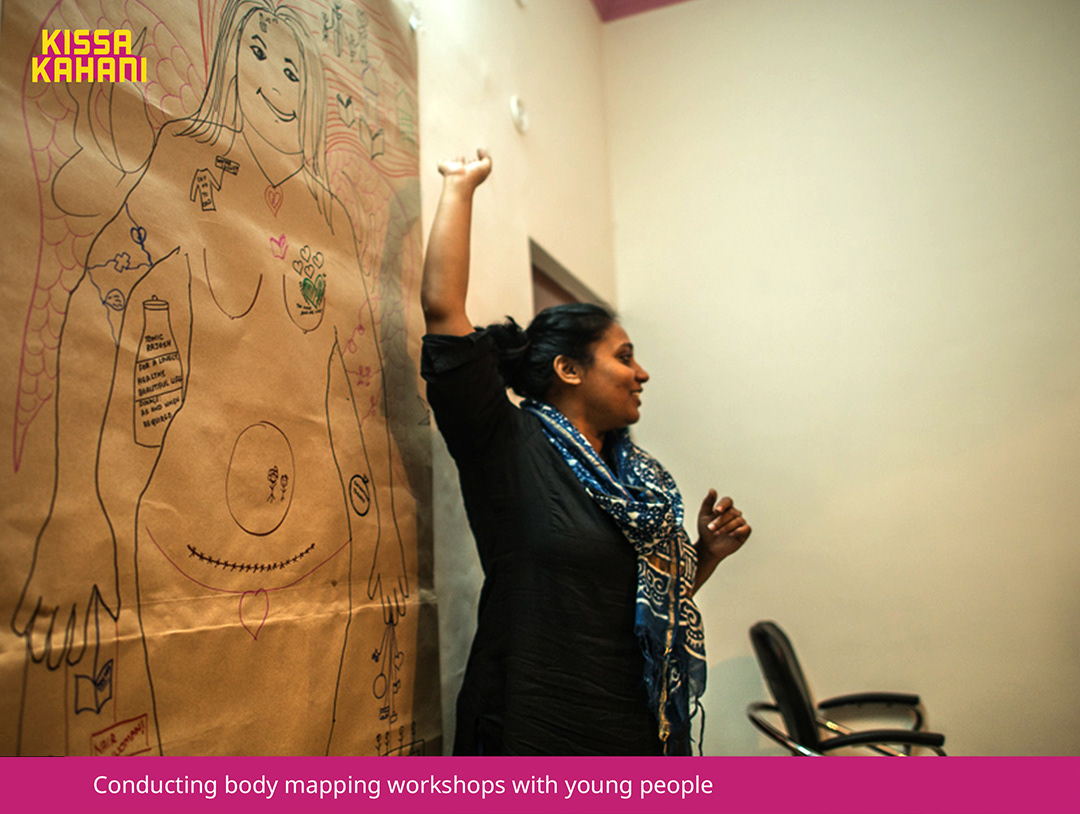
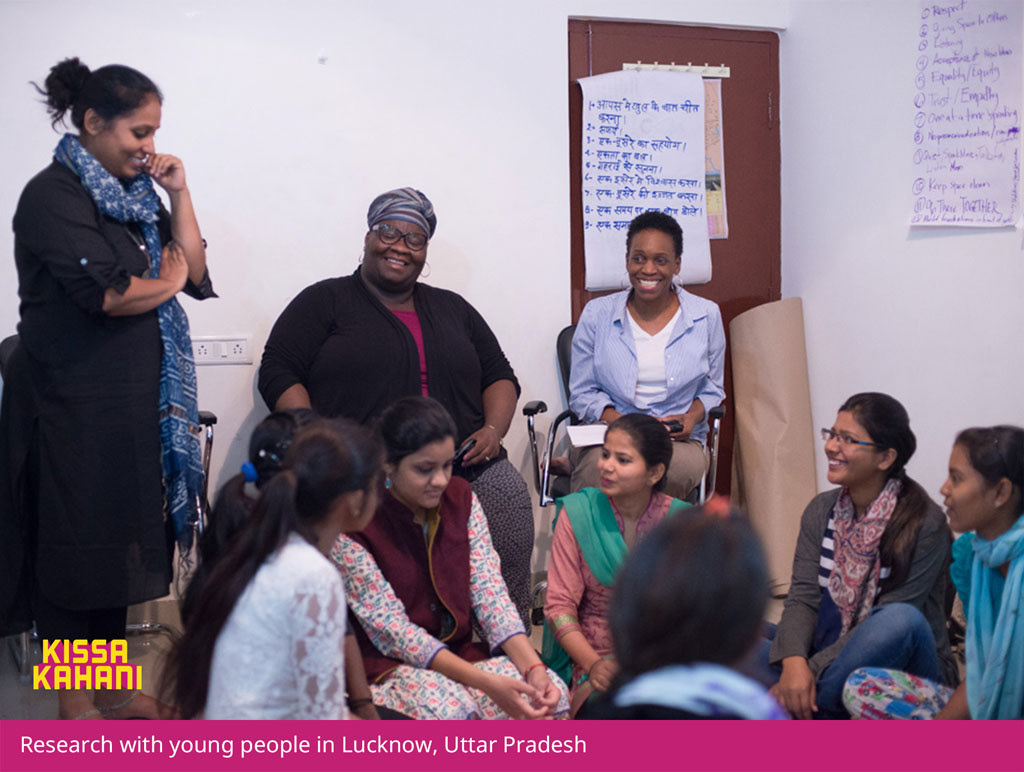
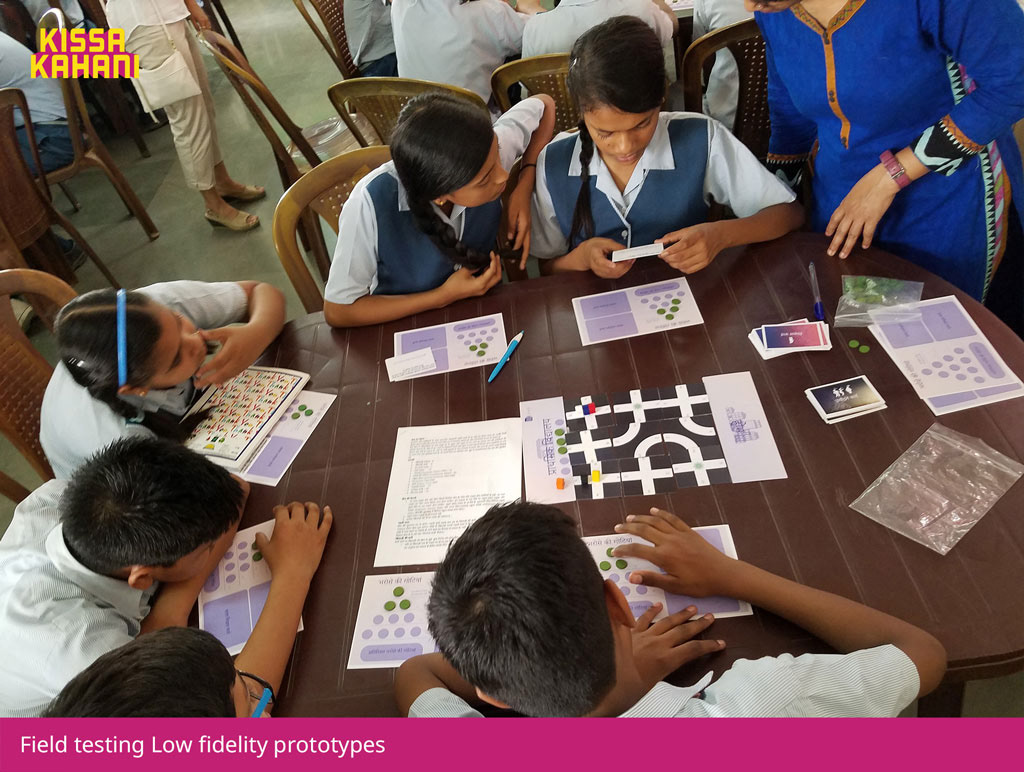
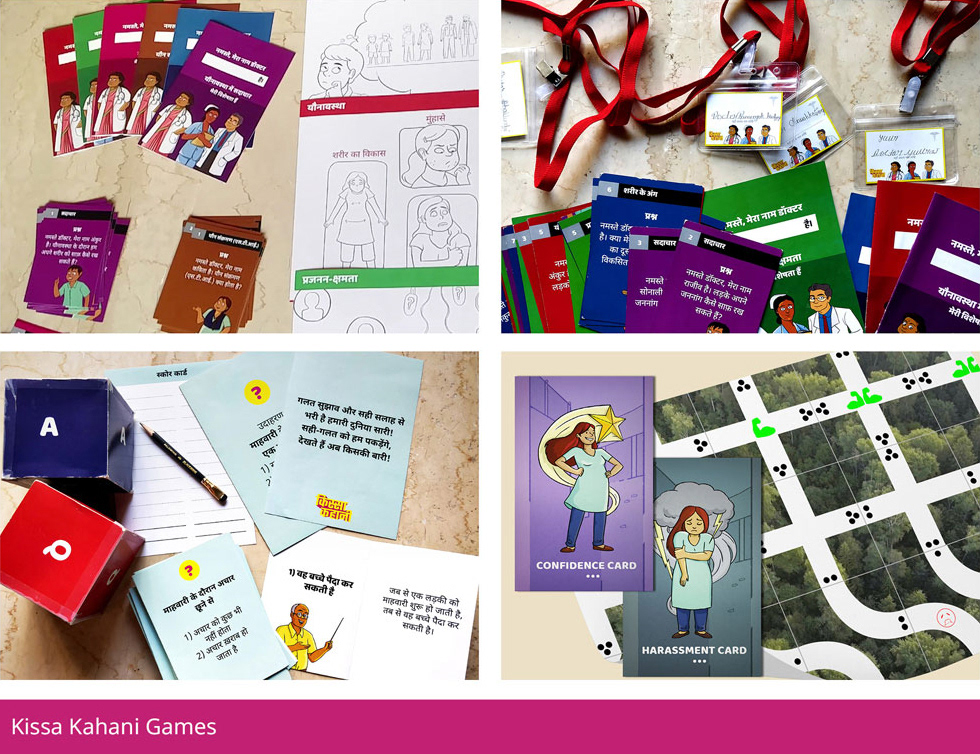
MEET THE CHARACTERS
This was the first time I got to deep dive into the character design process. The stories we came up with were all in the same universe and characters from one story would appear as main or supporting characters in another. The images below will show you how the character design evolved, a process that took well over two months.
The protagonists of the comics are the kids, but we also designed a few adult characters who would help them on their journey - such as teachers, police officers and parents. We explored ageing or transformations with a few characters. Our goal was to find an engaging visual style, nothing too realistic or heavily stylised either.
The protagonists of the comics are the kids, but we also designed a few adult characters who would help them on their journey - such as teachers, police officers and parents. We explored ageing or transformations with a few characters. Our goal was to find an engaging visual style, nothing too realistic or heavily stylised either.
It was important to create as diverse a group of kids as possible, with varying body shapes, heights and skin tones, and to break away from the stereotypes of character roles based on body types, particularly for female characters. For example, a chubby girl could only be a 'best friend sidekick' or that 'looking feminine' was a must for a female character.
One of the most powerful characters we created was Kavita, who didn't conform to the usual depictions of a female lead – she is a heavyset girl in her teens, and has marks on her chin as a result of PCOS (something that I, and many female friends of mine, have personally experienced). Kavita is outspoken, smart and kind. She works to create positive change in her life and inspires others to do the same. We believed that such a character could exist in any kind of outer shell and that the personality of the character is what makes their story memorable. So, if it could be anyone, why not someone who looks like Kavita?
We used this line of thought with all of our characters and ended up with a wonderful, little cast. Our hope was that any child reading the story would feel like the messages were being conveyed to them by someone they could see in their friends or family, and not a polished spokesperson they couldn't relate to.
THE GRAPHIC NOVELS
Our target audience was not familiar with graphic novels or sequential storytelling so, this was an opportunity for us to introduce them to this exciting medium. These kids would be learning about some pretty heavy concepts so, we had to find that right balance between keeping them entertained while making sure they could recall the underlying messages easily.
The images below show the progression of one of the pages from scribbly, rough sketches to final lineart:
The images below show the progression of one of the pages from scribbly, rough sketches to final lineart:
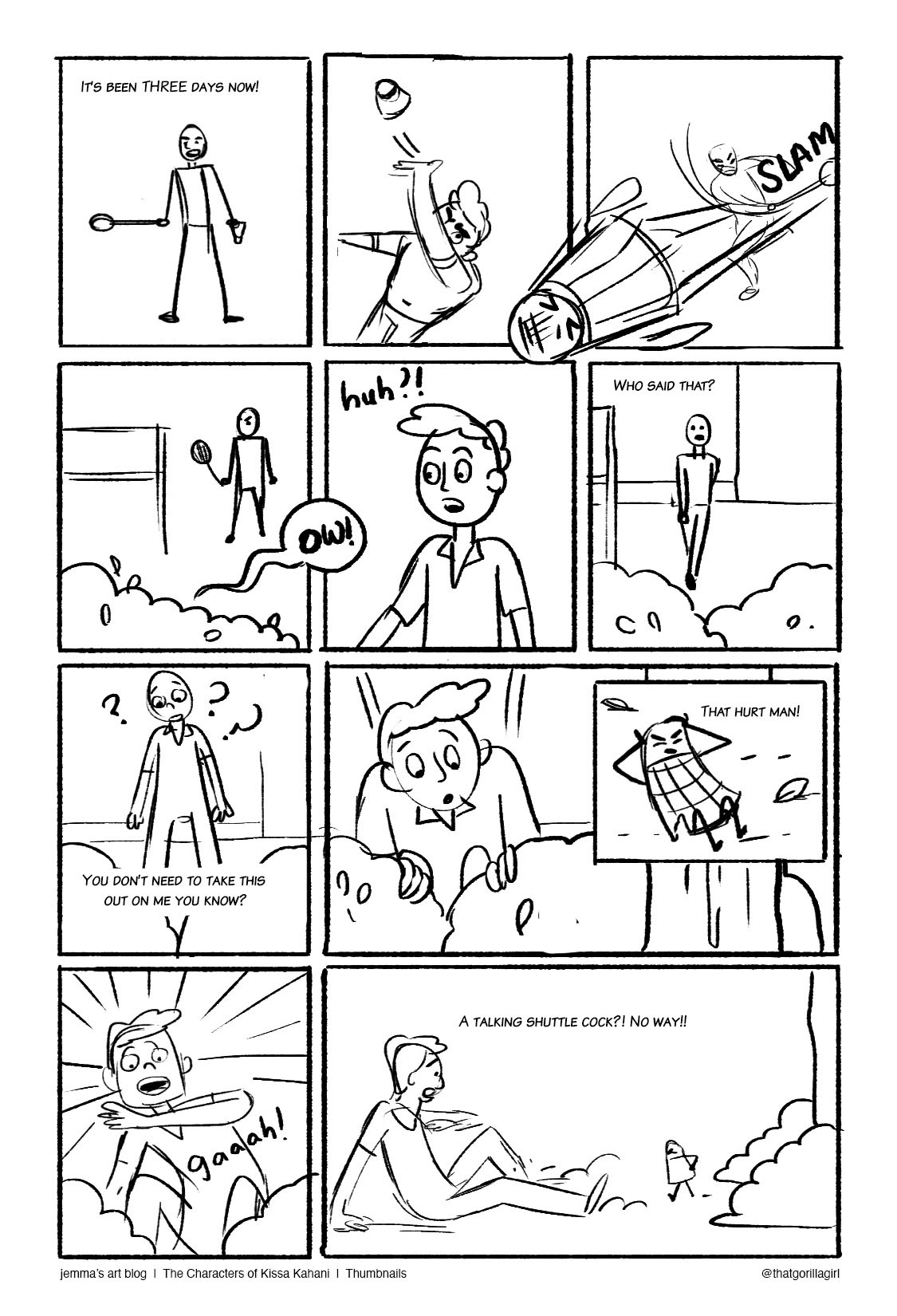


Majority of the graphic novel employs the conventional rectangle panels and text placement, but we also tried something different in a few key sequences, to give the reader moments of excitement, suspense and humour.
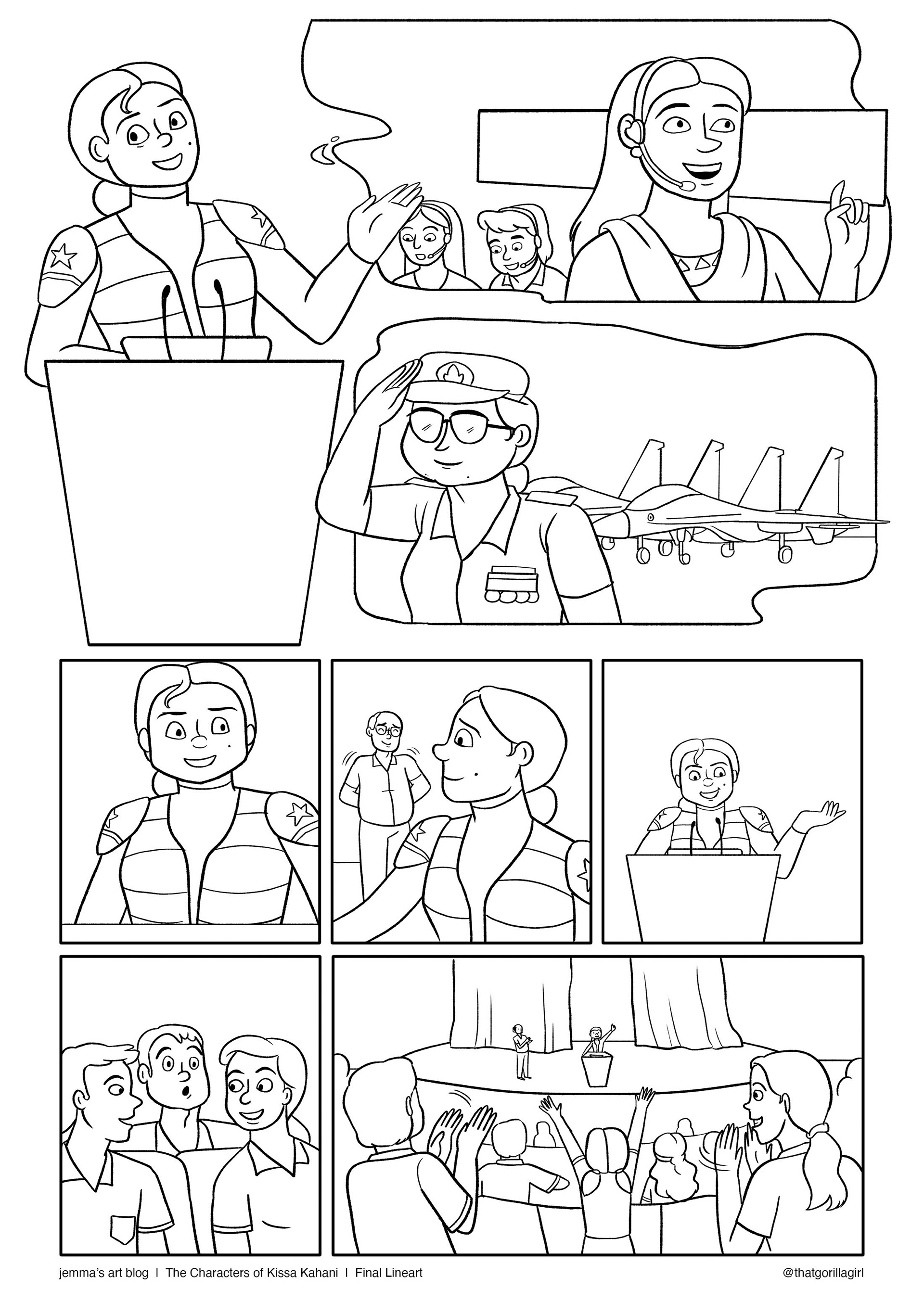
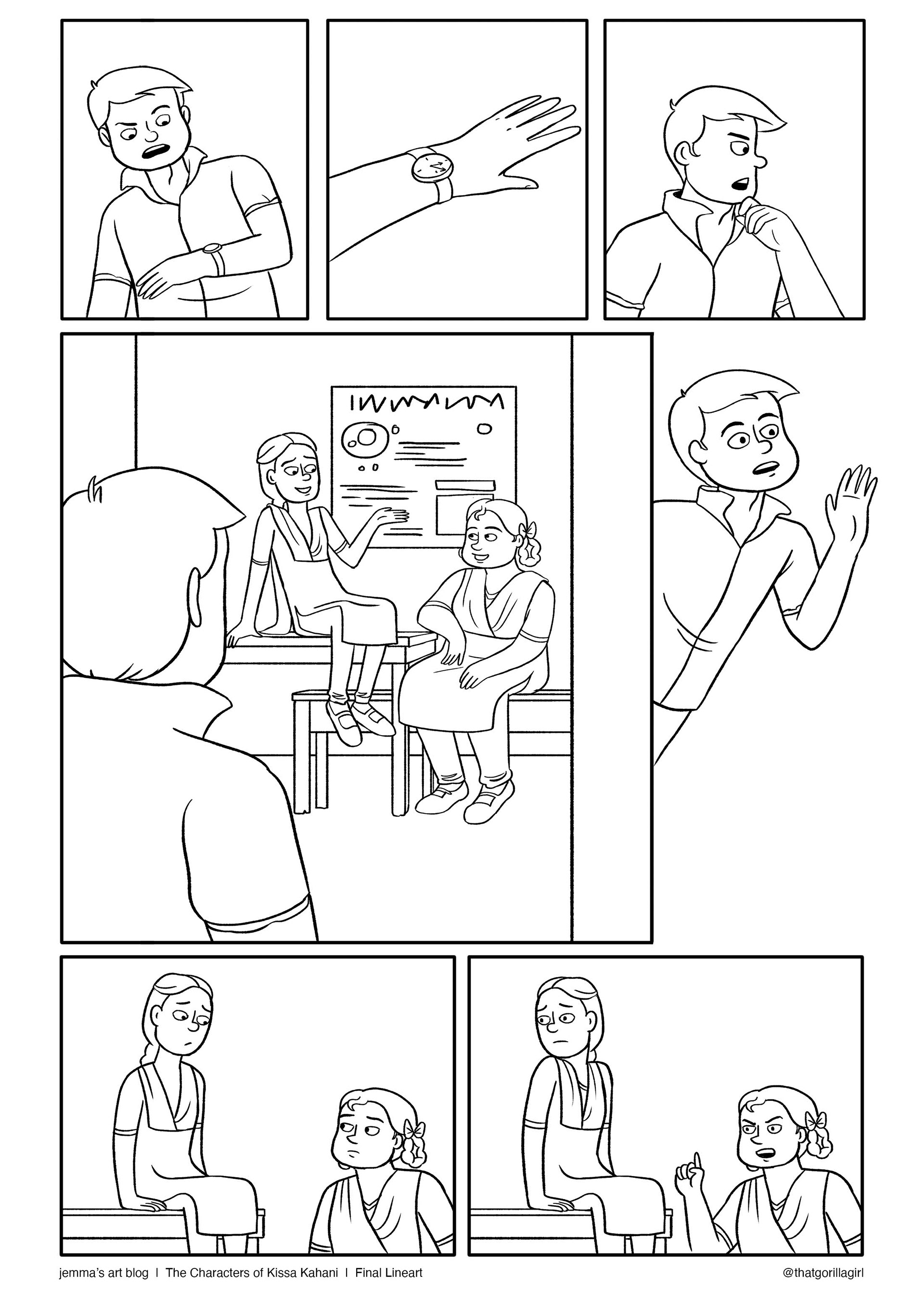

We opted for a fairly realistic colour palette with black lineart, which was used for the graphic novel artwork. Lineart for the graphic novels was done by me and the colour was done by Ramya Ramakrishnan. Here are two pages that show you how the artwork went from rough sketch to final colour.
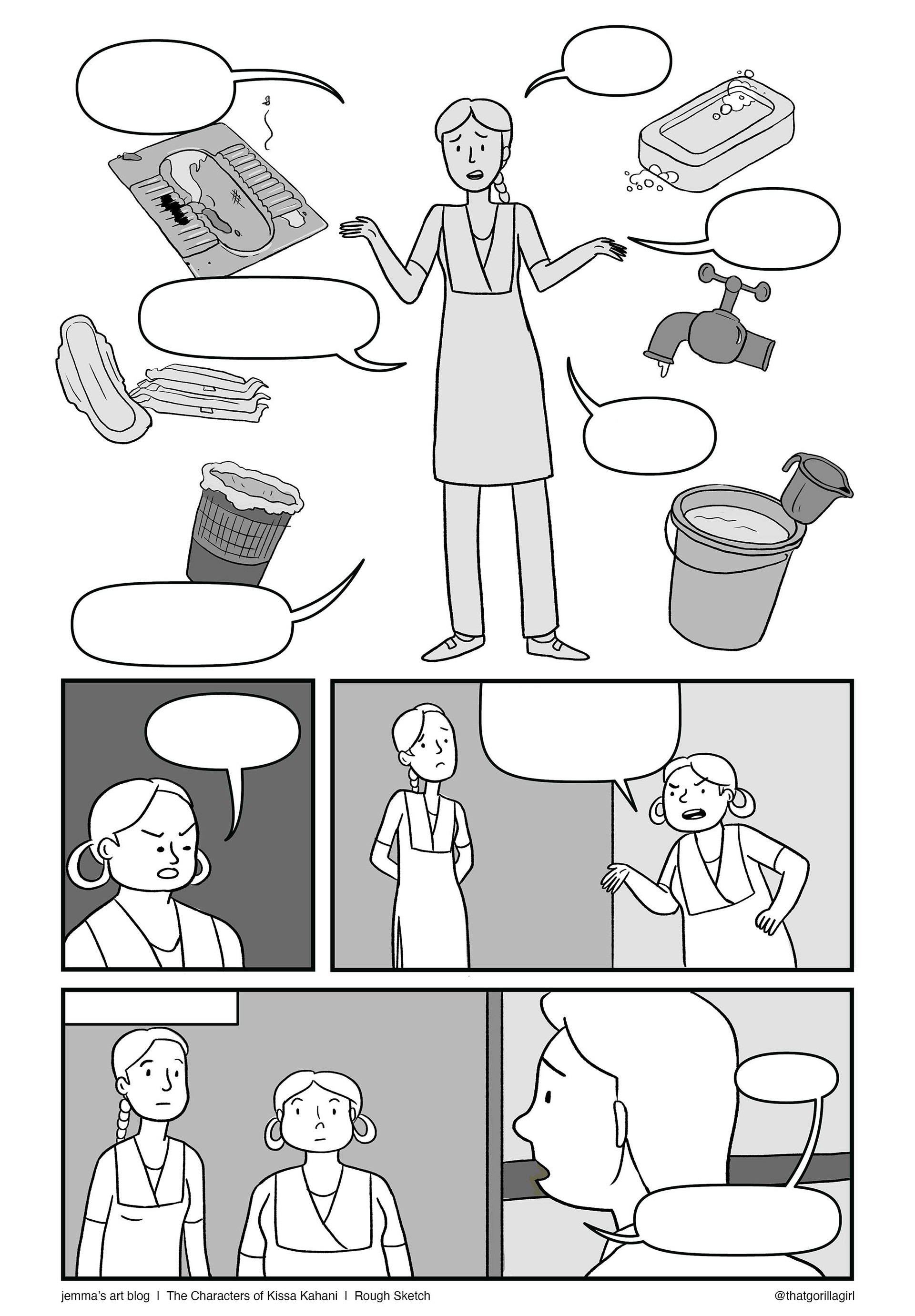
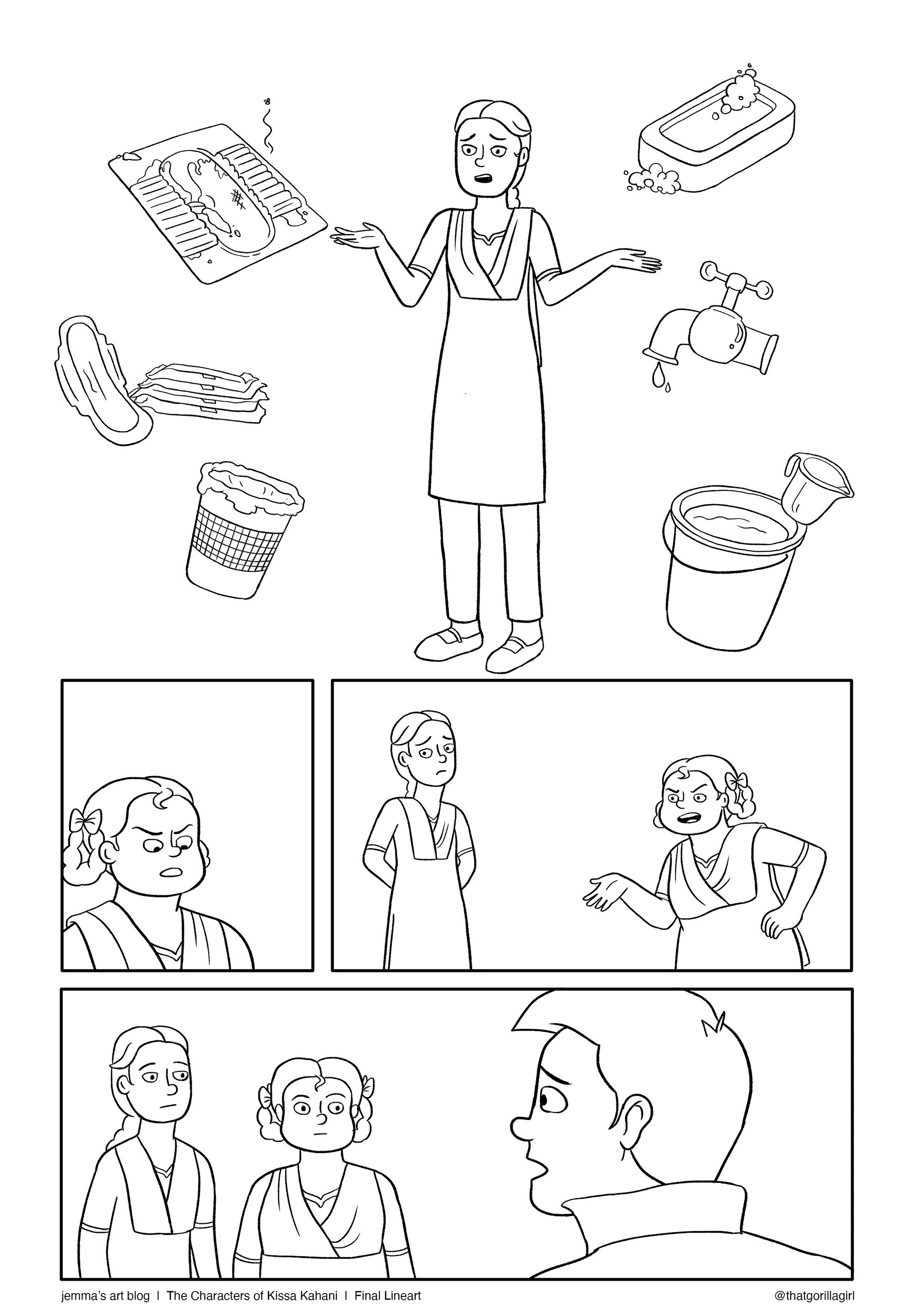
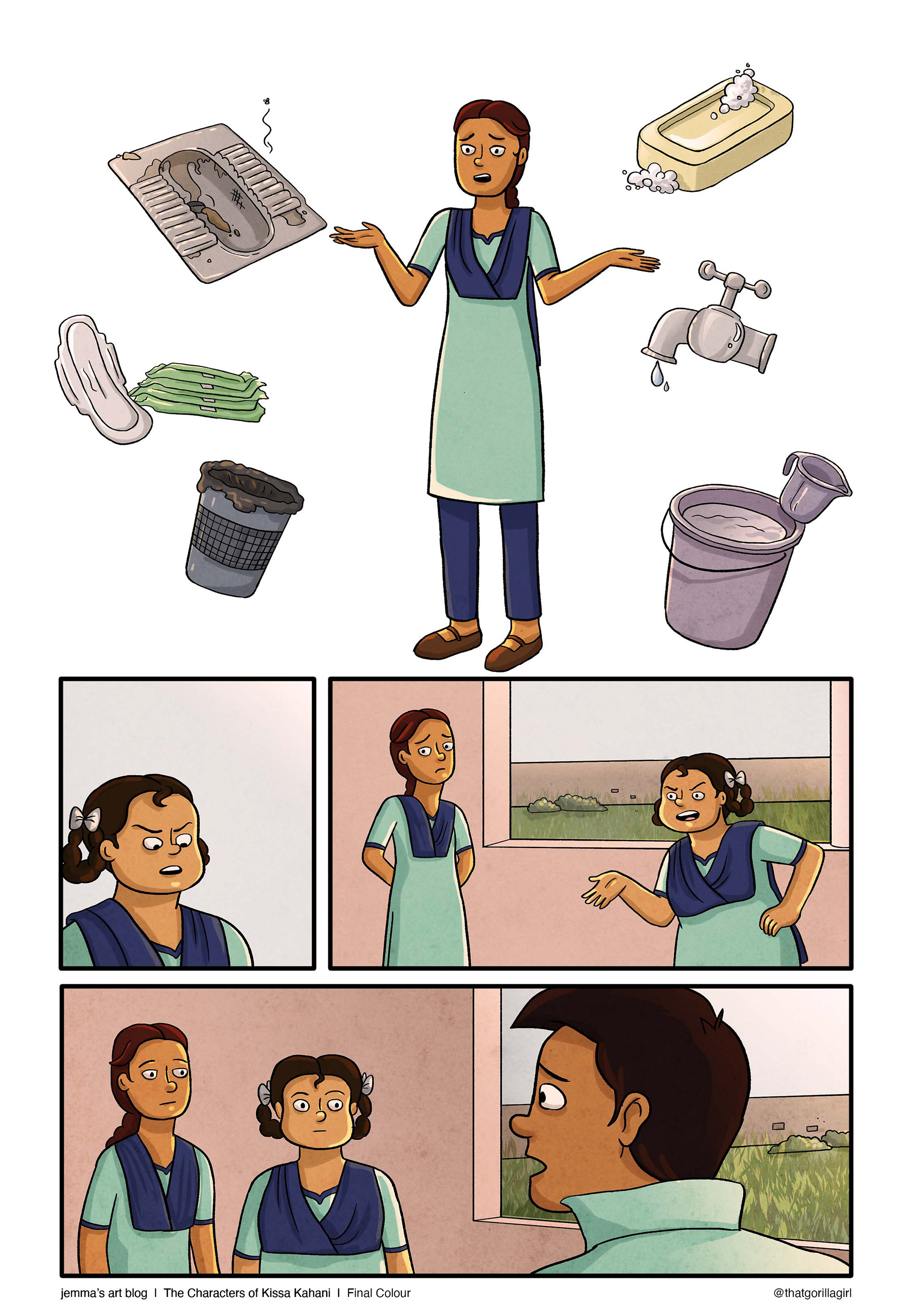
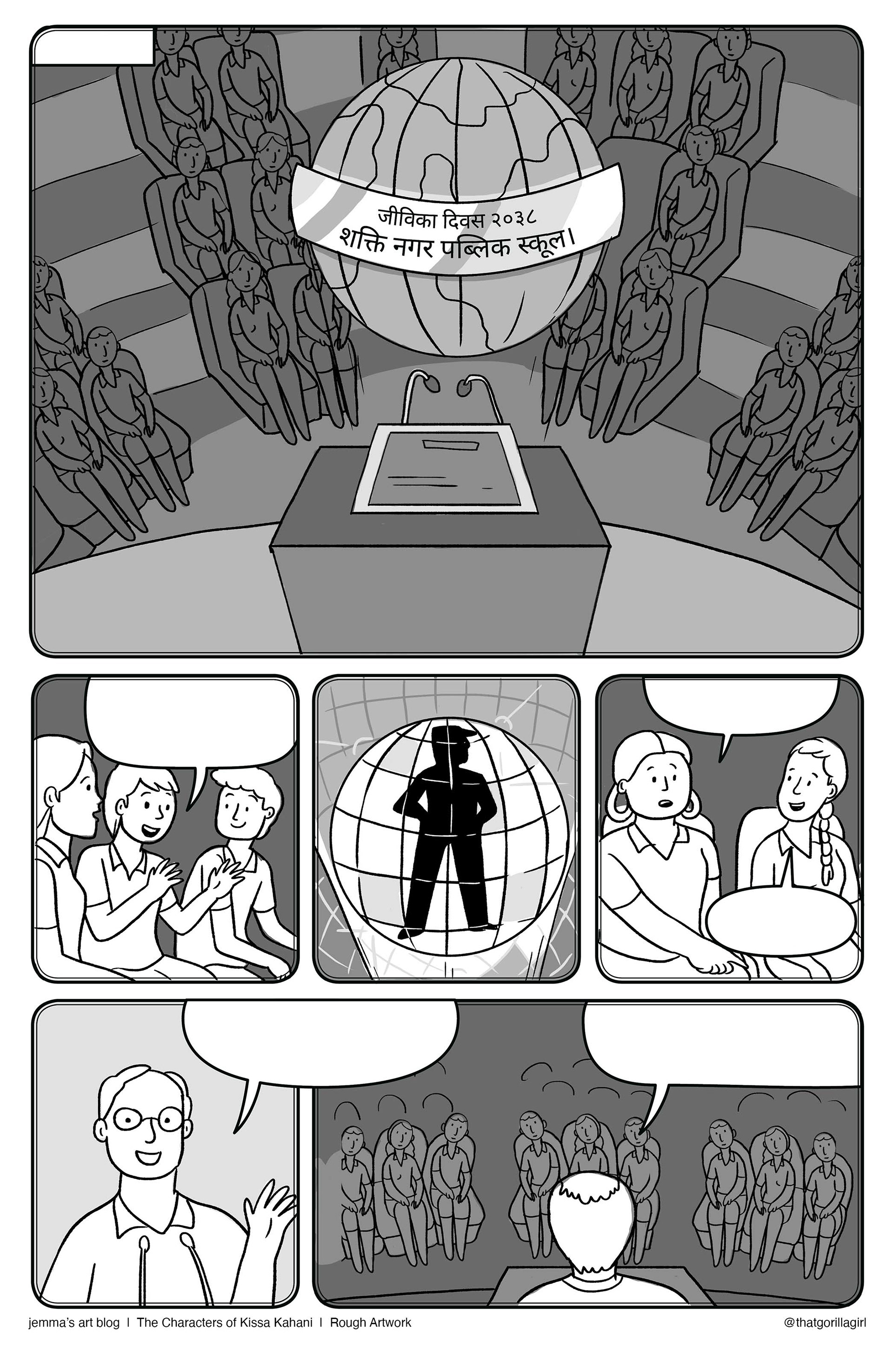
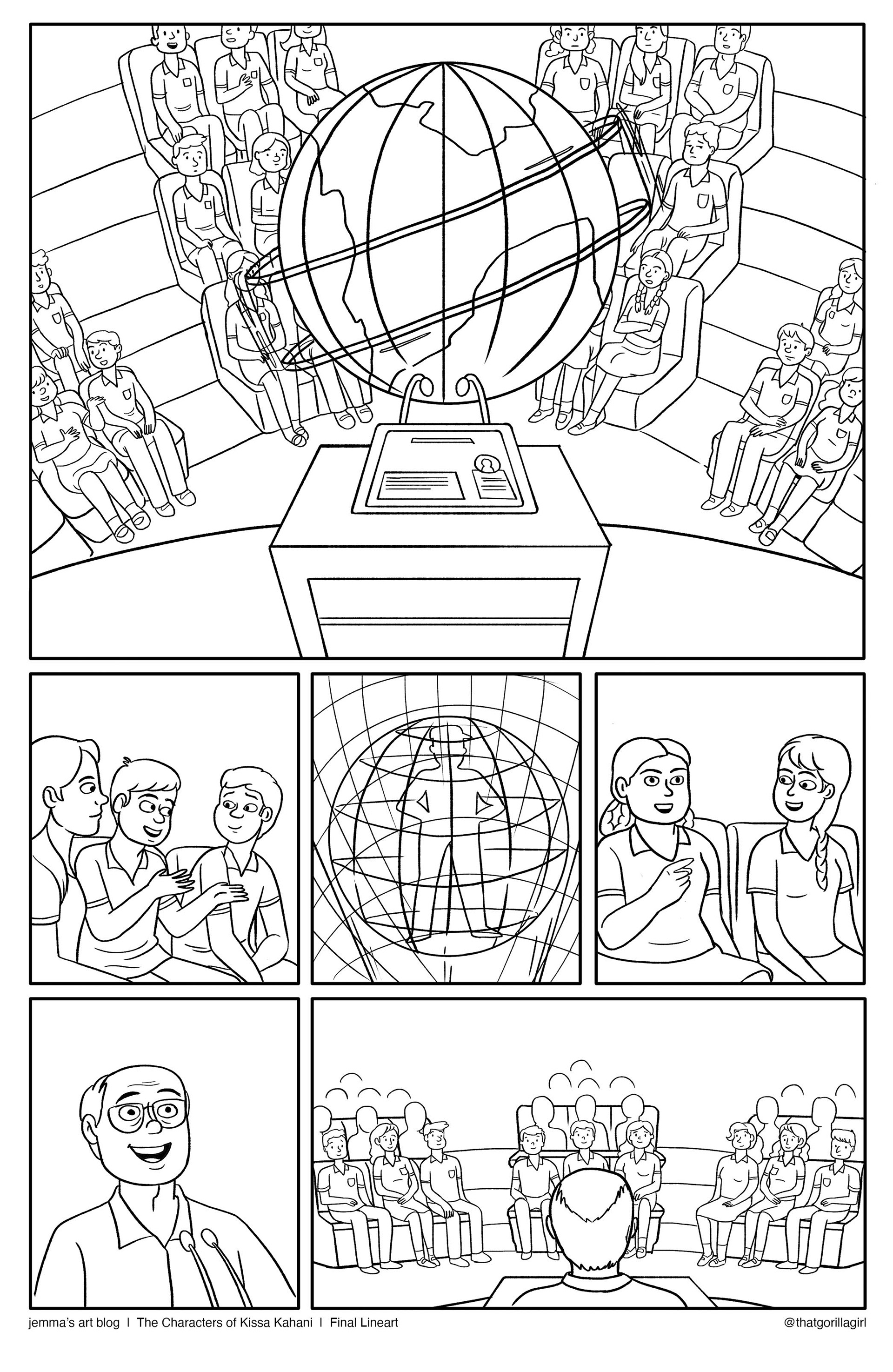
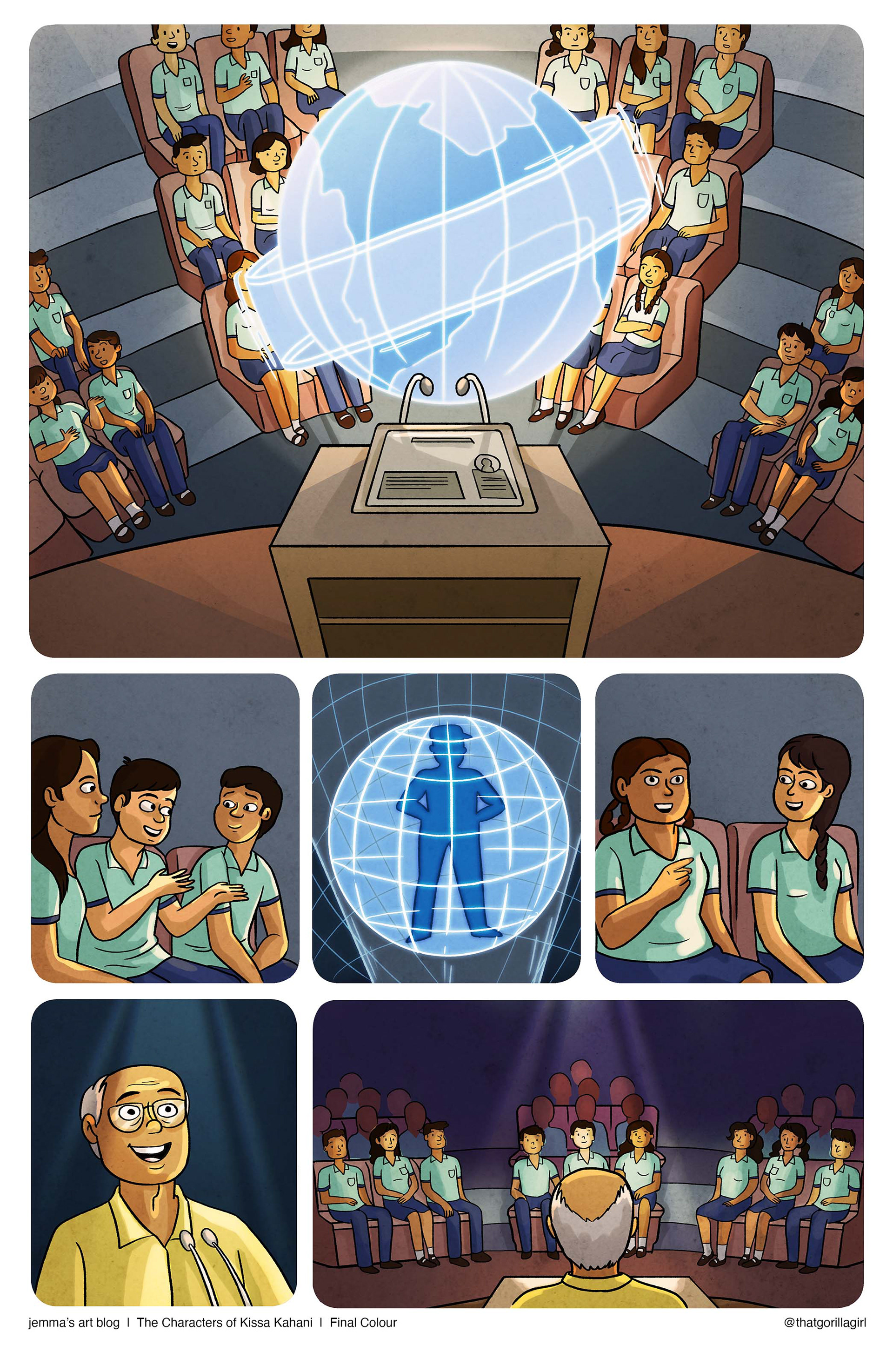
_________________________________________
Kissa Kahani was a very fulfilling project which took about two and a half years to complete. A lot of work went into making sure we created a relatable and diverse group of characters who could make the serious concepts of the intervention easy to understand. We were thrilled when Kissa Kahani won the Runner Up Design Education Initiative Award at the Core77 Design Awards 2020! It was a big moment for all of us who were involved in the project.
